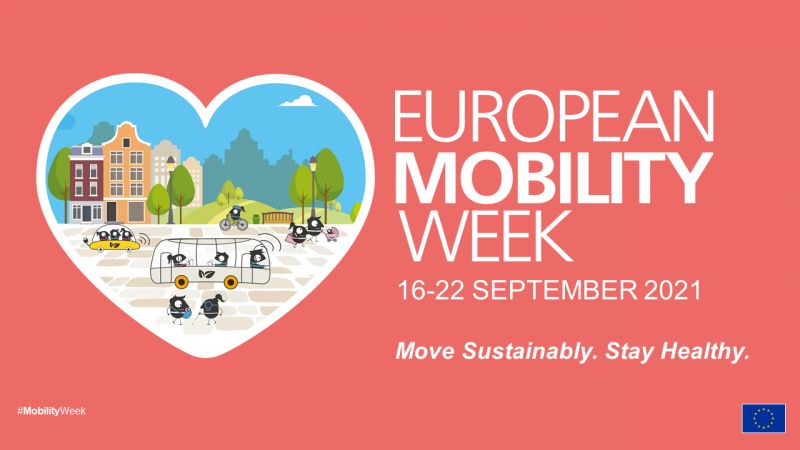ASOM: Alliance for Solar Mobility

PRESS RELEASE
Solar Vehicles on display at the European Mobility week
Brussels, Belgium, September 17, 2021 – The Alliance for Solar Mobility, also known as ASOM, will be participating in the European Mobility week starting September 16. They will raise awareness for solar powered vehicles. The event will take place in Brussels, Belgium at the residency of the Dutch ambassador Pieter Jan Kleiweg de Zwaan on September the 20th.
Solar powered vehicles, where on-board solar cells produce the electricity needed to power the vehicle, offer sustainability, autonomy, security, lower operating costs, and the lowest emissions for almost all electric vehicle applications. Solar mobility products have the potential to provide between 30% -50% of the energy needed for electric transport by 2030, and can reduce the plug-in charging frequency by as much as 60% for an individual user. Such products also offer individual users the control to ensure a key contribution to the green energy transition by ensuring that the energy used for transport has the lowest impact and carbon footprint.
The European Mobility week has been a yearly occurrence to promote clean mobility since 2002 and is even more important now in 2021. In light of this years’ European Mobility week the goal is to promote low- or zero emission mobility. Solar powered vehicles are one of the best options for low or almost zero emission mobility but it hasn’t received the recognition it deserves and needs. Taking this into consideration, the Lightyear One, the SunRider, the Sion from Sono Motors and TU Eindhoven’s Self-sustaining House On Wheels (Stella Vita) will be showcased on Monday September 20. These high-tech solar powered vehicles will be joined by Exypnos and Infinite Mobility, IM Efficiency, TNO, Fraunhofer ISE and University of Twente which are also ASOM partners.
At the Solar Mobility event there will be numerous guests who can take a glance at the vehicles and take up the value of solar electric vehicles for the future. Questions will be answered on how to define solar vehicles, how policy could support the industry and how policies in different EU countries affect solar mobility. Furthermore, a deep-dive will be done into the electrical infrastructure and the electrical grid. The biggest hurdle with traditional electric vehicles is that an enormous infrastructure of charging points has to be in place. A vehicle that depends mostly on solar energy can be groundbreaking for this economical issue, as it can be grid-independent.
